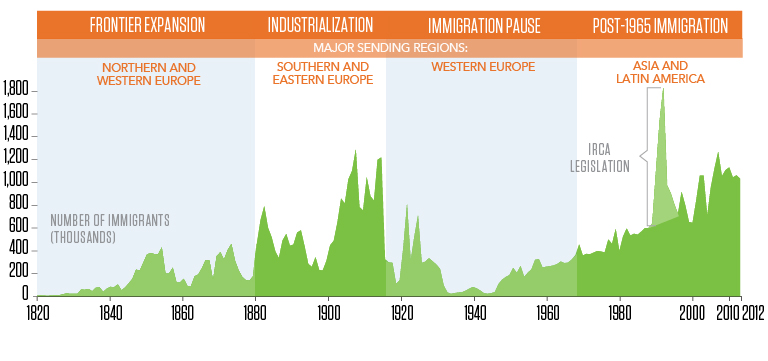The World’s Next ‘Population Problem’
(2005) Ask about "the population problem" to people of a certain age, and the first and perhaps only thing that comes to mind is the "population bomb" or "population explosion."
(2005) Ask about "the population problem" to people of a certain age, and the first and perhaps only thing that comes to mind is the "population bomb" or "population explosion."

Project: Combatting Noncommunicable Disease Risk Factors in Youth
This policy report argues that integrating noncommunicable disease (NCD) services—particularly those targeted at prevention and early intervention—with other health services for young people can help tackle the growing NCD epidemic in low- and middle-income countries (LMICs).
(2010) The cities and towns of developing countries are projected to absorb at least 2.5 billion additional people by 2050. At the same time, these areas will experience global climate change likely to bring floods, droughts, food insecurity, and loss of livelihoods.
(2006) With funding from the Bill & Melinda Gates Foundation, the Population Reference Bureau has published five chartbooks on HIV/AIDS for the country of India and for the Indian states of Andhra Pradesh, Delhi, Karnataka, and Tamil Nadu.
(2007) New population estimates from the U.S. Census Bureau show that Hispanics continue to fuel rapid population growth in the United States. Between 2000 and 2006, the Hispanic population grew from 35.3 million to 44.3 million, a 26 percent increase.

(2014) Under the motto e pluribus unum (from many, one), U.S. presidents frequently remind Americans that they share the immigrant experience of beginning anew in the land of opportunity.1